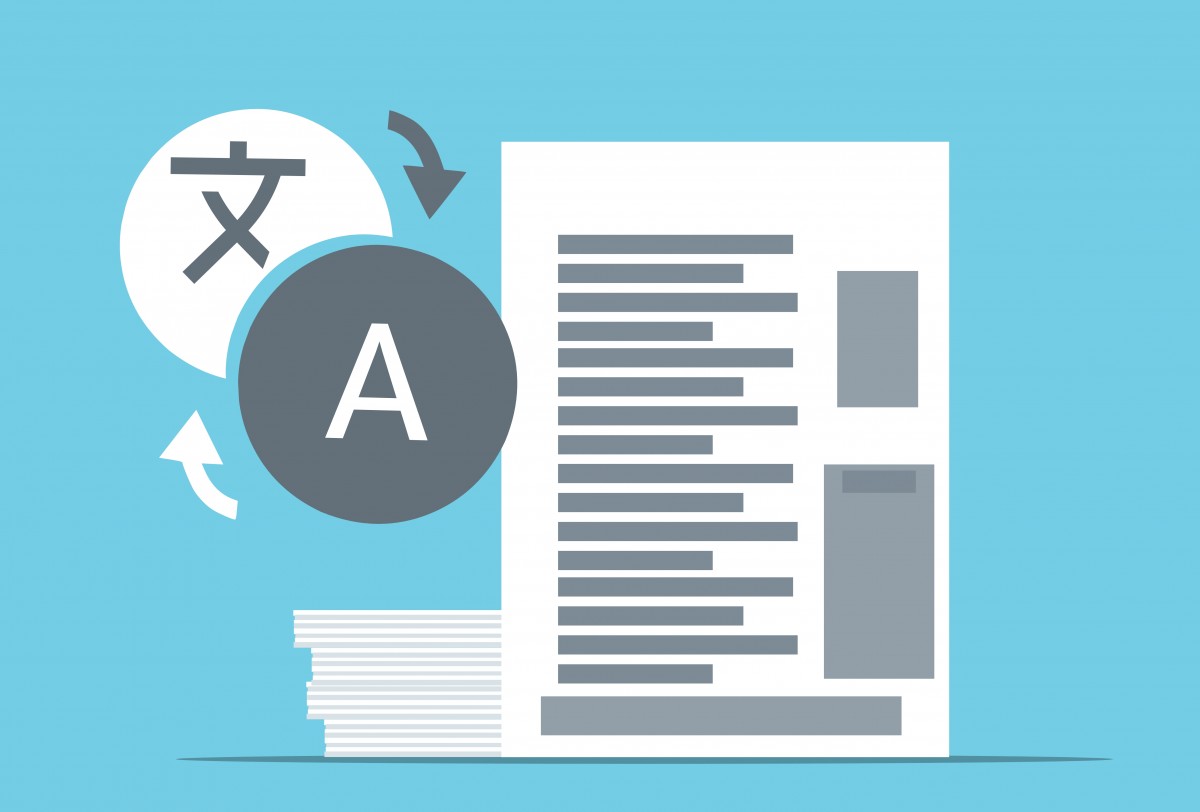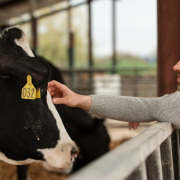
Before tackling the editorial part of each section, understand that learning how to write a CV also means understanding two essential points:
The layout of the CV
The structure
The layout
Here’s the perfect mix to please the recruiter when you write a resume:
- A professional resume font (Helvetica, Arial, Verdana, or Calibri);
- An airy resume with decent spacing between sections;
- A single page (unless you have no choice);
- Margins that allow for space;
- A touch of color: 2 to 3 colors maximum (using the company’s color code is a good idea);
- Correct font sizes (between 9 and 10);
- Bold words if you want to emphasize certain important points. No italicized words.
The structure of the CV
For structure, the headings that make up a successful resume are almost always the same.
Here is the list of headings that recruiters expect to find on a resume:
- Your personal information
- An attention-grabbing resume tagline
- A resume title that describes your profile
- Your professional experience
- Your diplomas
- The list of your professional skills
- Foreign languages (optional)
- Computer skills (optional)
- Interests (optional)
- Publications and certifications (optional).
If you find that all difficult, know that you can use a free cv builder online. There are many resume builder websites to choose from online today.
Let’s now discuss how to write a CV and its different sections.
How to make a CV? Writing the headings
You now have all the keys in hand to start writing a CV. Let’s take a look at how to write each section of your CV in detail.
The contact information on the CV
At the top of your CV, below your professional photo, write down your contact information so that the employer can contact you easily.
Be meticulous and avoid any typing errors that could prevent the recruiter from contacting you.
- Your first and last name ;
- Your age;
- A valid cell phone number (not a landline);
- A professional email address;
- Your mailing address;
- Links to your social and professional networks if they showcase you.
Resume title
Placed at the top center of the resume, the title indicates your profile. It is generally the title of the position you are applying for. If you wish, specify the name of the company you are applying to as well as your availability. This will show that your application is personalized.
Professional objective
How to make a CV is not limited to listing your experiences and skills. You must also make the recruiter want to be interested in your profile. This is why we advise you to add a professional objective under the title of your CV.
It does not replace your cover letter. It is a short paragraph that presents your strengths and your career objectives. In just a few lines, you demonstrate that you are the ideal candidate for the position.
Be specific and state figures. A failed catchphrase will guarantee that your resume will not be read in its entirety.
Be careful!
Professional experience
If the recruiter gets this far, you know how to make a convincing CV with a good hook. Now, your professional experiences must be in adequacy with his expectations.
Except for an entry-level position, the professional experience section is the section that most interests recruiters.
Each experience should be described in 3-4 lines maximum.
The more experience you have, the shorter your descriptions should be to fit your resume on one page. Be concise and selective to state the skills that are really relevant.
With the work you’ve done upstream on researching your skills in relation to the ad, you are now in a position to write a convincing CV.
Here are the rules to follow in the experience section:
Use the anti-chronological format, from the most recent experience to the oldest (unless your oldest experience is more relevant to the position);
- Indicate the start and end dates of the contract;
- Indicate the name of the company and the city of residence;
- Describe your missions in 3 – 4 lines using the keywords found in the job offer;
- Use figures to make your career a success story;
- Mention problem solving or events that make you seem like the perfect candidate;
- Use action verbs;
Remove experiences that are not exploitable for the recruiter, such as a summer job or a too short experience. You can justify a hole in your resume during the interview;
Remove anything that is obsolete, irrelevant or redundant. The idea is to provide unique information in each location.
Skills
Skills can also have an impact on your application. They are intrinsically linked to professional experience since they give additional information on the skills and know-how you have developed in your previous experiences. They are valuable information that must be in line with the requirements of the position you are applying for. Do not take them lightly when writing a CV!
There are three types of skills:
- Personal skills (soft skills)
- Know-how (technical skills or hard skills)
- Skills that are transferable from one position to another
Take the key words you identified during the analysis of the job offer and place them appropriately in your skills. Be honest, do not attribute to yourself skills that you do not possess.
Training
Writing a CV allows you to highlight the theoretical knowledge you have acquired during your training. This is a very important part, especially for an internship CV. Emphasize the training that corresponds most to the position you are applying for. Be rigorous in your descriptions by mentioning
- Your diplomas, from the most recent to the oldest (if you have presented your experiences in the same way)
- The dates you obtained your diploma
- The title of the training and the name of the institution
- The options you have chosen
- The titles of your work or internship reports or dissertations
- Specify if you have been a teacher or a speaker













Comments